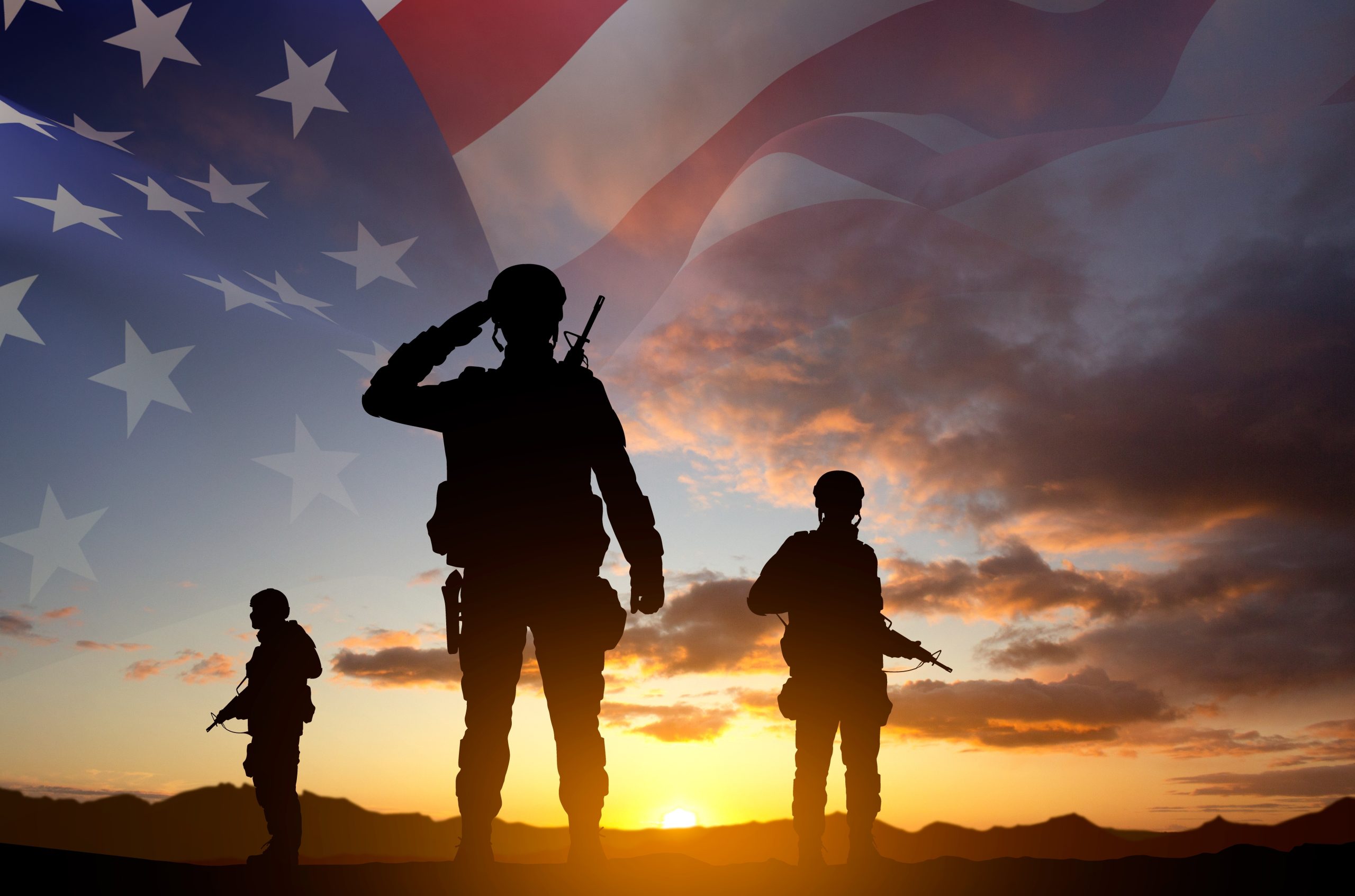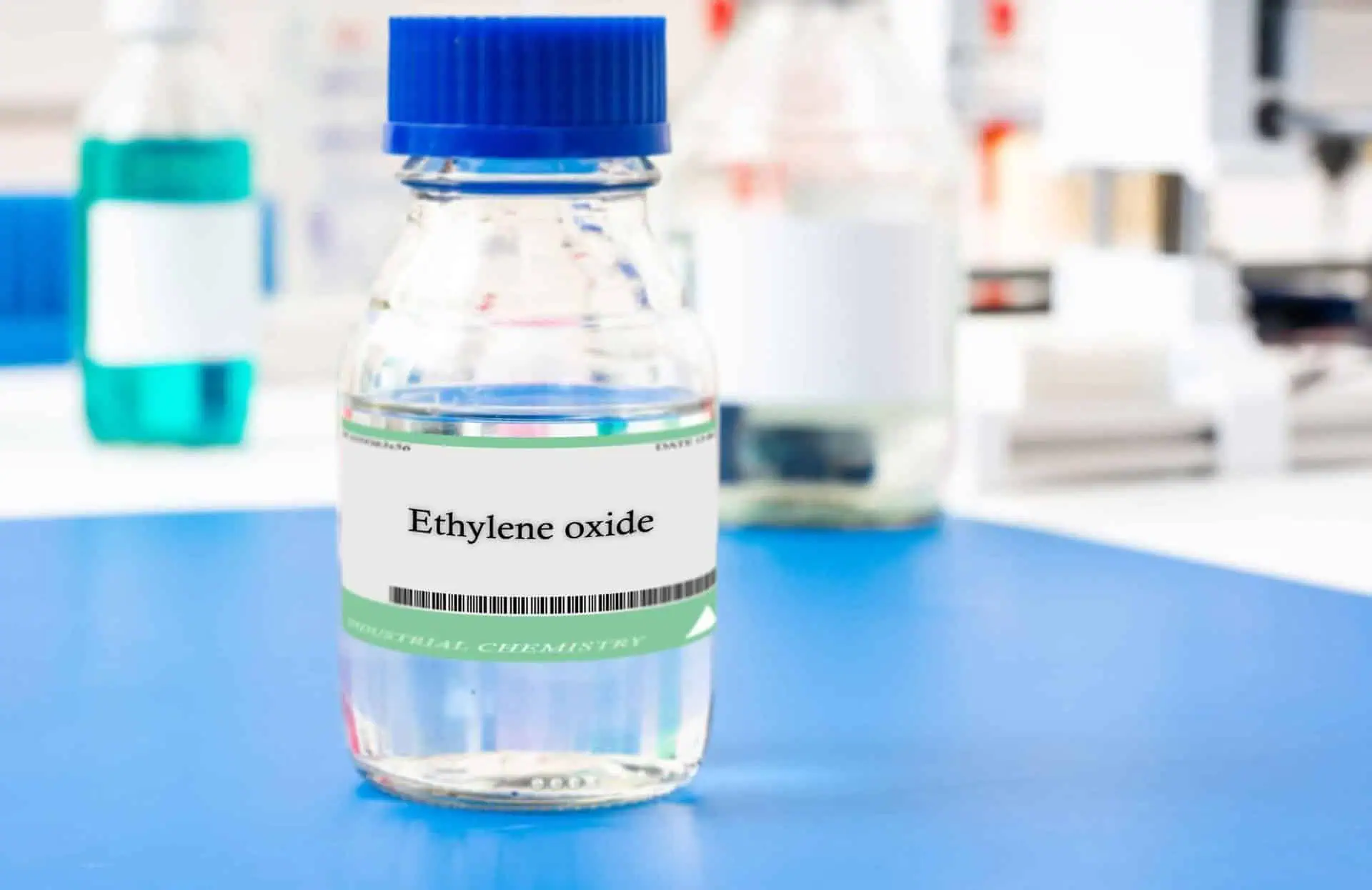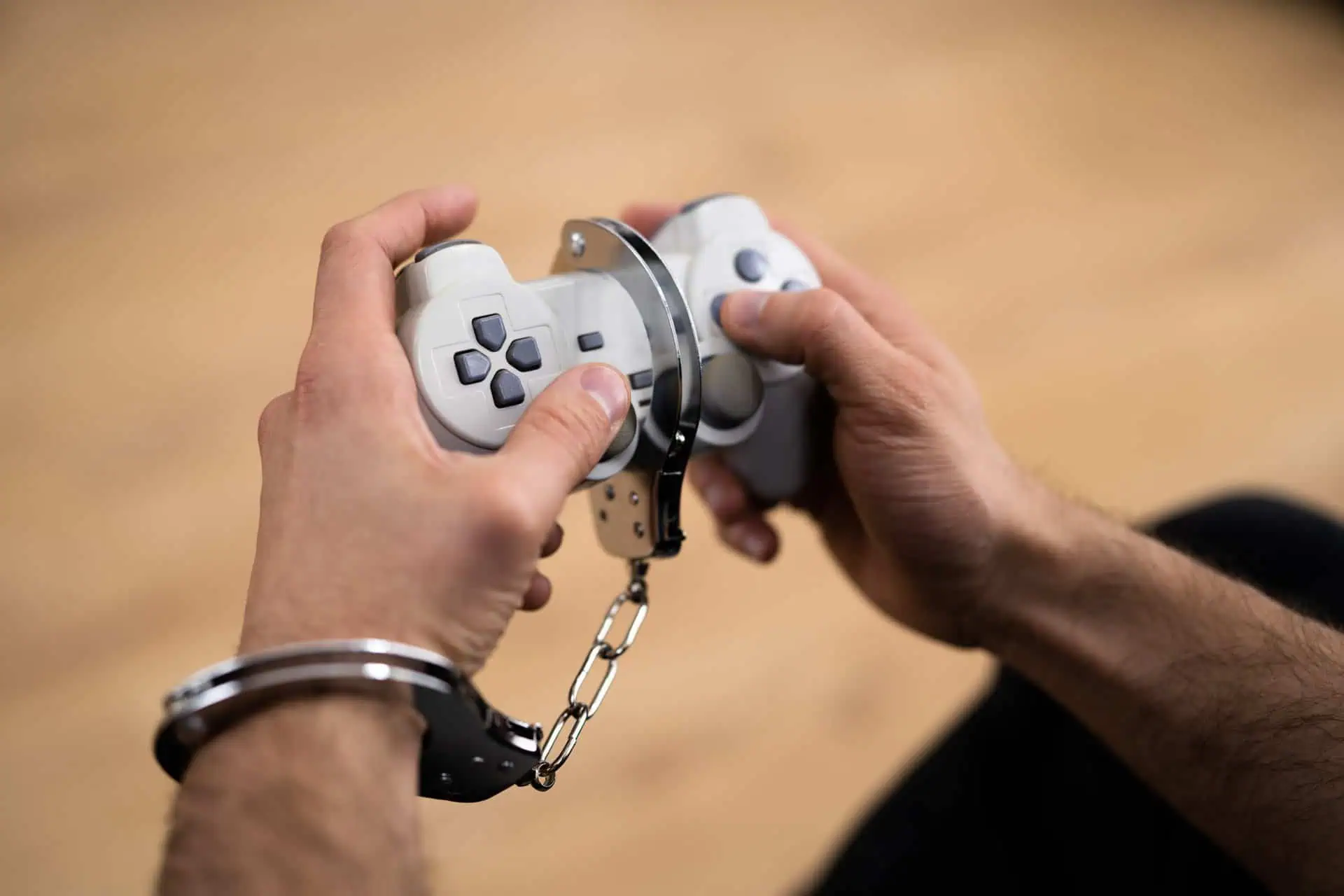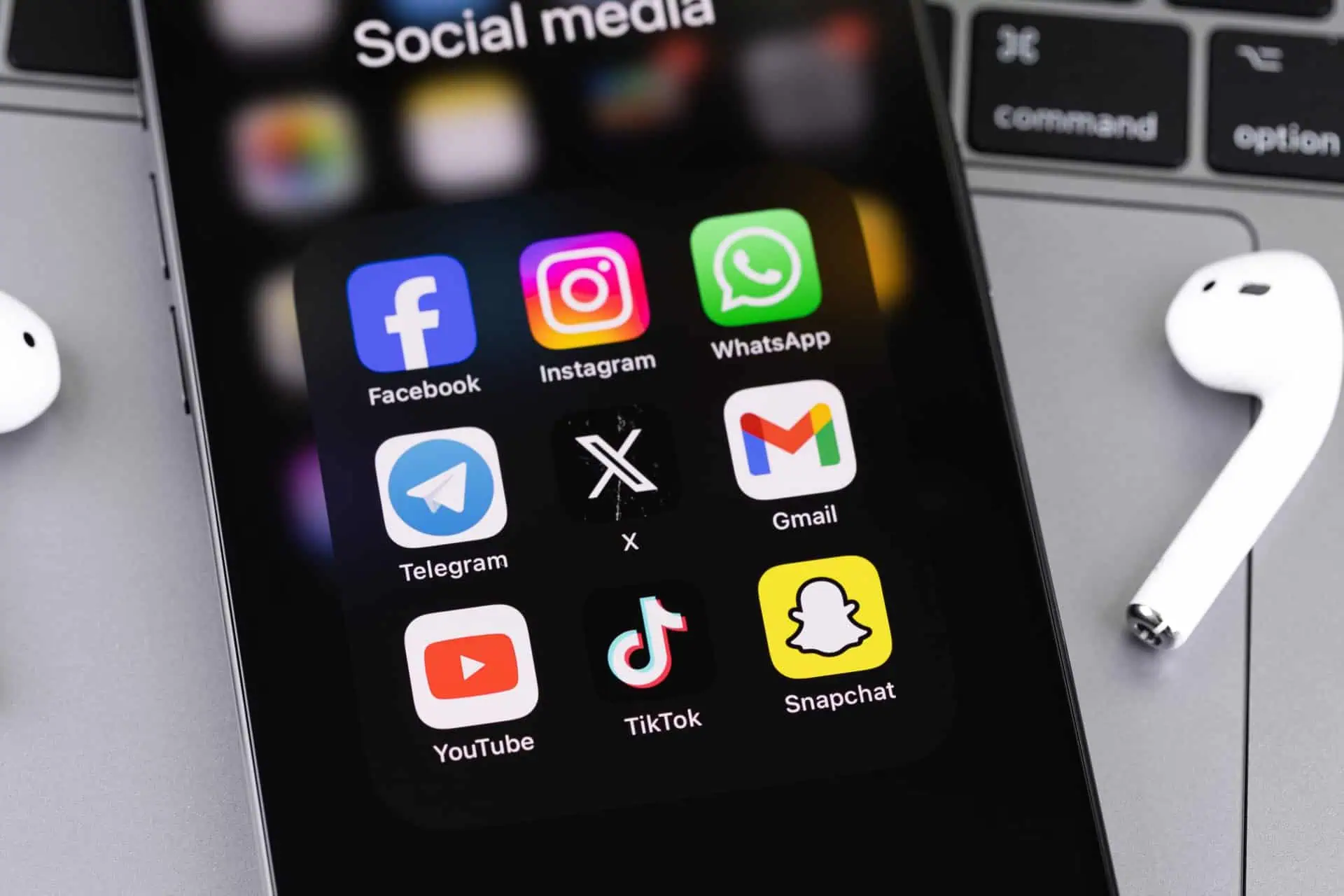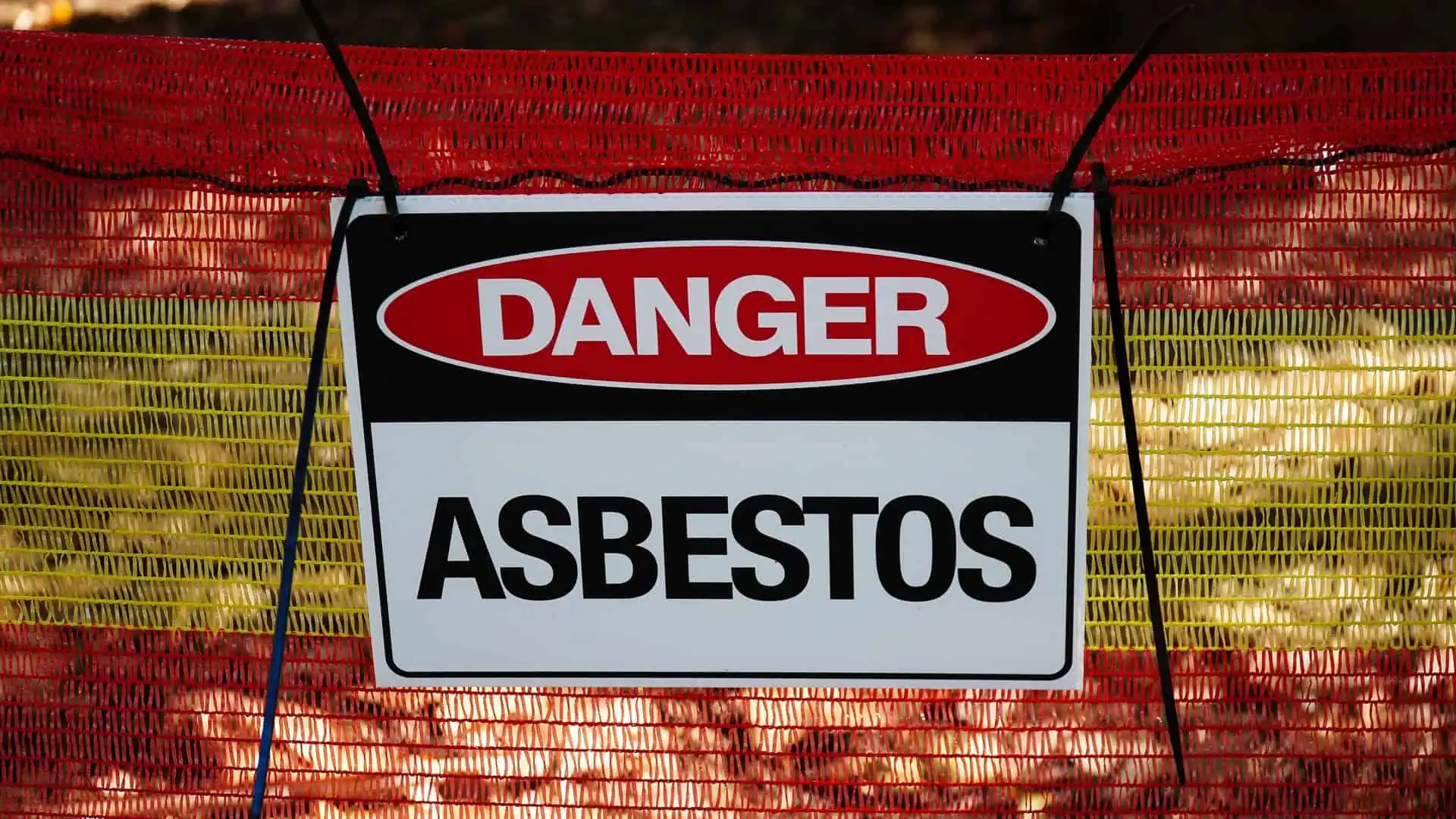Asbestos Bankruptcy and Asbestos Trust Fund Explained
- Last Updated: August 10th, 2023

Attorney Jessica Paluch-Hoerman, founder of TruLaw, has over 28 years of experience as a personal injury and mass tort attorney, and previously worked as an international tax attorney at Deloitte. Jessie collaborates with attorneys nationwide — enabling her to share reliable, up-to-date legal information with our readers.
Legally Reviewed
This article has been written and reviewed for legal accuracy and clarity by the team of writers and legal experts at TruLaw and is as accurate as possible. This content should not be taken as legal advice from an attorney. If you would like to learn more about our owner and experienced injury lawyer, Jessie Paluch, you can do so here.
Fact-Checked
TruLaw does everything possible to make sure the information in this article is up to date and accurate. If you need specific legal advice about your case, contact us by using the chat on the bottom of this page. This article should not be taken as advice from an attorney.
Asbestos Bankruptcy and Asbestos Trust Fund Explained

Table of Contents
Asbestos Bankruptcy
When a company can no longer continue to cover the costs of liabilities from asbestos lawsuits, they often file Chapter 11 bankruptcy reorganization, hoping the preventions within section 524(g) of Chapter 11 will limit the company’s liability for damages from asbestos lawsuits.
A case filed under Chapter 11 is frequently referred to as a “reorganization bankruptcy” and it is a voluntary filing.
Generally Chapter 11 bankruptcy allows the corporation to propose a plan of reorganization to keep its business alive and pay creditors over time.
The trustee or the bankruptcy administrator plays a major role in monitoring the progress of a chapter 11 case and supervising its administration.
Asbestos Trust Fund
As a protective measure, many of these companies are required to establish trust funds to continue to compensate plaintiffs in asbestos lawsuits.
Trust Funds ensure that injured individuals will still be covered for damages related to asbestos exposure, even after the companies no longer have the means to cover liabilities.
Once a trust is established, it is handled as a separate entity, managed by board of trustees unrelated to the company.
When the number of claims becomes overwhelming, centralized claims processing partners are often brought in to combat the higher frequency of claims.
Because trusts are funded mostly through companies who have filed for bankruptcy and oftentimes no longer exist, a primary concern is trust fund solvency.
To prevent the quick dissipation of funds, trusts pay percentages of total compensation to every eligible recipient.
Trust payments are paid in the form of scheduled installments contrived by the board of trustees.
A matrix system helps to classify recipients into varying levels of payment percentages.
The amount of compensation a recipient is eligible to receive depends on a percentage of the entire amount the individual is entitled to.
These percentages can fluctuate based on a variety of factors, including the strength of the individual’s claim.
Example: Individual is entitled to $50,000 compensation for damages.
The trust has delegated the recipient into a 50% payment percentage.
The individual would receive $25,000.
The trusts are designed to make payments easily accessible to any individual with a credible claim.
But in order to qualify for compensation you must prove that you or a loved one has suffered injuries that directly resulted from exposure to asbestos.
Although the general necessary information needed to file a claim is similar for all trusts, the specific criteria required to receive compensation differs by each trust.
The process of organizing the necessary documentation for a specific trust can be overwhelming, so it is best to contact a knowledgeable mesothelioma/asbestos attorney such as TruLaw to help you through this process.
A mesothelioma/asbestos attorney can also help negotiate your payment percentage into a higher payout bracket, entitling you to more compensation.
This article “Asbestos Bankruptcy and Asbestos Trust Fund Explained” should be shared with anyone injured by asbestos considering how an Asbestos Bankruptcy or Asbestos trust fund might effect their verdict or settlement.

Managing Attorney & Owner
With over 25 years of legal experience, Jessica Paluch-Hoerman is an Illinois lawyer, a CPA, and a mother of three. She spent the first decade of her career working as an international tax attorney at Deloitte.
In 2009, Jessie co-founded her own law firm with her husband – which has scaled to over 30 employees since its conception.
In 2016, Jessie founded TruLaw, which allows her to collaborate with attorneys and legal experts across the United States on a daily basis. This hypervaluable network of experts is what enables her to share the most reliable, accurate, and up-to-date legal information with our readers!
Here, at TruLaw, we’re committed to helping victims get the justice they deserve.
Alongside our partner law firms, we have successfully collected over $3 Billion in verdicts and settlements on behalf of injured individuals.
Would you like our help?
At TruLaw, we fiercely combat corporations that endanger individuals’ well-being. If you’ve suffered injuries and believe these well-funded entities should be held accountable, we’re here for you.
With TruLaw, you gain access to successful and seasoned lawyers who maximize your chances of success. Our lawyers invest in you—they do not receive a dime until your lawsuit reaches a successful resolution!
AFFF Lawsuit claims are being filed against manufacturers of aqueous film-forming foam (AFFF), commonly used in firefighting.
Claims allege that companies such as 3M, DuPont, and Tyco Fire Products failed to adequately warn users about the potential dangers of AFFF exposure — including increased risks of various cancers and diseases.
Depo Provera Lawsuit claims are being filed by individuals who allege they developed meningioma (a type of brain tumor) after receiving Depo-Provera birth control injections.
A 2024 study found that women using Depo-Provera for at least 1 year are five times more likely to develop meningioma brain tumors compared to those not using the drug.
Suboxone Tooth Decay Lawsuit claims are being filed against Indivior, the manufacturer of Suboxone, a medication used to treat opioid addiction.
Claims allege that Indivior failed to adequately warn users about the potential dangers of severe tooth decay and dental injuries associated with Suboxone’s sublingual film version.
Social Media Harm Lawsuits are being filed against social media companies for allegedly causing mental health issues in children and teens.
Claims allege that companies like Meta, Google, ByteDance, and Snap designed addictive platforms that led to anxiety, depression, and other mental health issues without adequately warning users or parents.
Transvaginal Mesh Lawsuits are being filed against manufacturers of transvaginal mesh products used to treat pelvic organ prolapse (POP) and stress urinary incontinence (SUI).
Claims allege that companies like Ethicon, C.R. Bard, and Boston Scientific failed to adequately warn about potential dangers — including erosion, pain, and infection.
Bair Hugger Warming Blanket Lawsuits involve claims against 3M — alleging their surgical warming blankets caused severe infections and complications (particularly in hip and knee replacement surgeries).
Plaintiffs claim 3M failed to warn about potential risks — despite knowing about increased risk of deep joint infections since 2011.
Baby Formula NEC Lawsuit claims are being filed against manufacturers of cow’s milk-based baby formula products.
Claims allege that companies like Abbott Laboratories (Similac) and Mead Johnson & Company (Enfamil) failed to warn about the increased risk of necrotizing enterocolitis (NEC) in premature infants.
Here, at TruLaw, we’re committed to helping victims get the justice they deserve.
Alongside our partner law firms, we have successfully collected over $3 Billion in verdicts and settlements on behalf of injured individuals.
Would you like our help?
